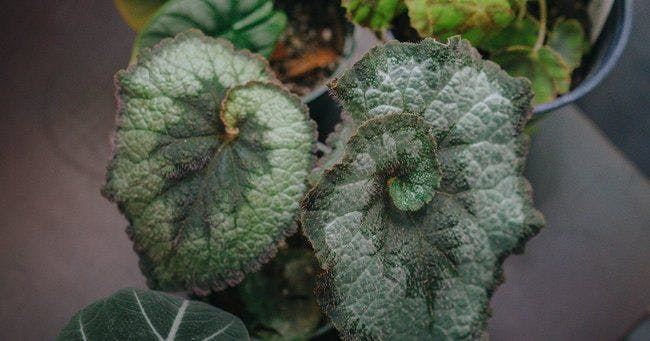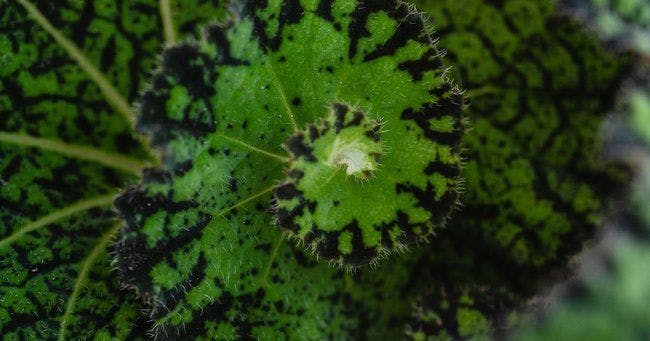Spiraling Splendor: Unraveling the Secrets of Begonia Escargot Care
Mastering the Art of Nurturing Spiral Foliage and Captivating Patterns
Begonia Escargot, also known as Snail Begonia, is a captivating houseplant that haslately gained popularity among plant enthusiasts for its unique spiral-shaped foliage, reminiscent of a snail's shell. In this article, we will delve into the intriguing world of Begonia Escargot, exploring its distinctive features, care requirements, and what it can bring to your indoor garden.

Unique Foliage
Begonia Escargot boasts striking leaves that unfurl in a spiral pattern, resembling the shell of a snail. The leaves are medium to large in size, with dark green veins that create a stunning contrast against the silver-green background.
Origins and Habitat
- Begonia Escargot belongs to the Begonia Rex Cultorum Group and is a cultivar derived from Begonia Rex. Its parent species are native to regions ranging from eastern India to China.
Optimal Care Guidelines
- To ensure the health and vibrancy of your Begonia Escargot, it's crucial to provide the right growing conditions. Here are key care guidelines to keep in mind:
- a. Light: Begonia Escargot thrives in bright, indirect light. Avoid exposing it to direct sunlight, as it can scorch the delicate leaves. Place the plant near a window with filtered light or in a spot that receives bright but indirect sunlight.
- b. Temperature and Humidity: This begonia variety prefers temperatures ranging from 65°F to 75°F (18°C to 24°C). It appreciates moderate to high humidity levels, so consider using a humidifier or placing a tray of water near the plant to create a humid microclimate.
- c. Watering: Water Begonia Escargot when the top inch of soil feels dry. Aim for consistent moisture without overwatering, as excessive moisture can lead to root rot. Ensure the pot has proper drainage to allow excess water to escape.
- d. Soil and Fertilizer: Plant Begonia Escargot in well-draining soil enriched with organic matter. A mix of peat moss, perlite, and compost works well. Fertilize the plant monthly during the growing season with a balanced, water-soluble fertilizer, following the package instructions.
- e. Pruning and Grooming: Remove any yellow or damaged leaves regularly to promote plant health and aesthetics. Pruning can also help control the size and shape of the plant, ensuring it remains compact and visually appealing.
Propagation Techniques
- If you wish to expand your collection of Begonia Escargot or share its beauty with others, propagation can be done through stem cuttings. Here's a simple propagation method:
- a. Select a healthy stem: Choose a stem that is not flowering and has several leaves. The stem should be at least 4-6 inches long.
- b. Prepare the cutting: Make a clean cut just below a leaf node, ensuring there are no leaves on the lower half of the cutting.
- c. Rooting the cutting: Dip the cut end in a rooting hormone (optional) and place it in a container filled with moist potting mix. Cover the container with a plastic bag or use a propagation dome to create a humid environment.
- d. Maintain ideal conditions: Place the container in a warm area with bright, indirect light. Mist the cutting occasionally to maintain humidity and ensure the soil remains moist but not overly wet.
- e. Transplanting: Once the cutting has developed roots, usually within a few weeks, transplant it into a separate pot with well-draining soil, continuing regular care.
